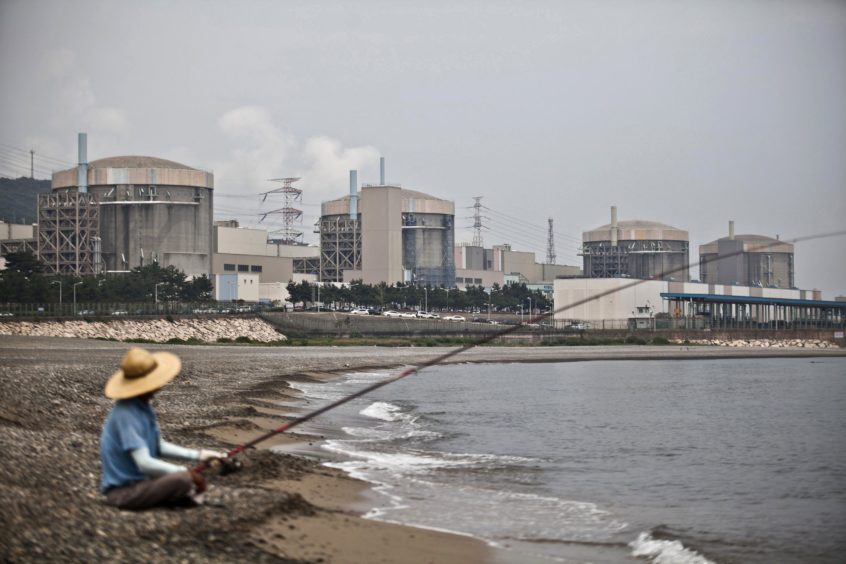
Sea salps — gelantinous, marine organisms that look like jellyfish — have clogged water systems used to cool nuclear reactors in South Korea, forcing two units offline.
It’s the second time in less than three weeks Korea Hydro & Nuclear Power Co. shut the Hanul No. 1 and No. 2 units, after salps clogged water intake valves. The reactors, which each have a capacity of 950-megawatts, resumed operation last week before shutting again Tuesday.
Sea salps can link up into chains several meters in length and have been said to resemble a crystal chandelier drifting through the ocean. The organisms typically increase in number in June but that appears to have happened in March this year due to earlier-than-normal warm currents, said Yu Ok Hwan, a deputy director at Korea Institute of Ocean Science and Technology.
“We can’t say yet if the surge in salps is due to the changing climate or other factors,” said Youn Seok-hyun, a research scientist at National Institute of Fisheries Science. “It should be regarded as a temporary phenomenon unless we see a continuous increase over the next decade.”
The number of sea salps has been gradually rising in recent years, according to Chae Jinho, the head of Marine Environment Research & Information Laboratory. “Given the current trend, there’s a possibility we may see more of these shutdowns at reactors in the coming years,” he said.
South Korea has 24 operable nuclear plants with a combined capacity of more than 23 gigawatts.
The country isn’t the only one to have been forced to halt nuclear generation temporarily after sea life clogged water cooling systems. Electricite de France SA in January had to disconnect all four reactors at its Paluel nuclear plant on France’s north coast after fish got stuck in the filter drums of the pumping station.